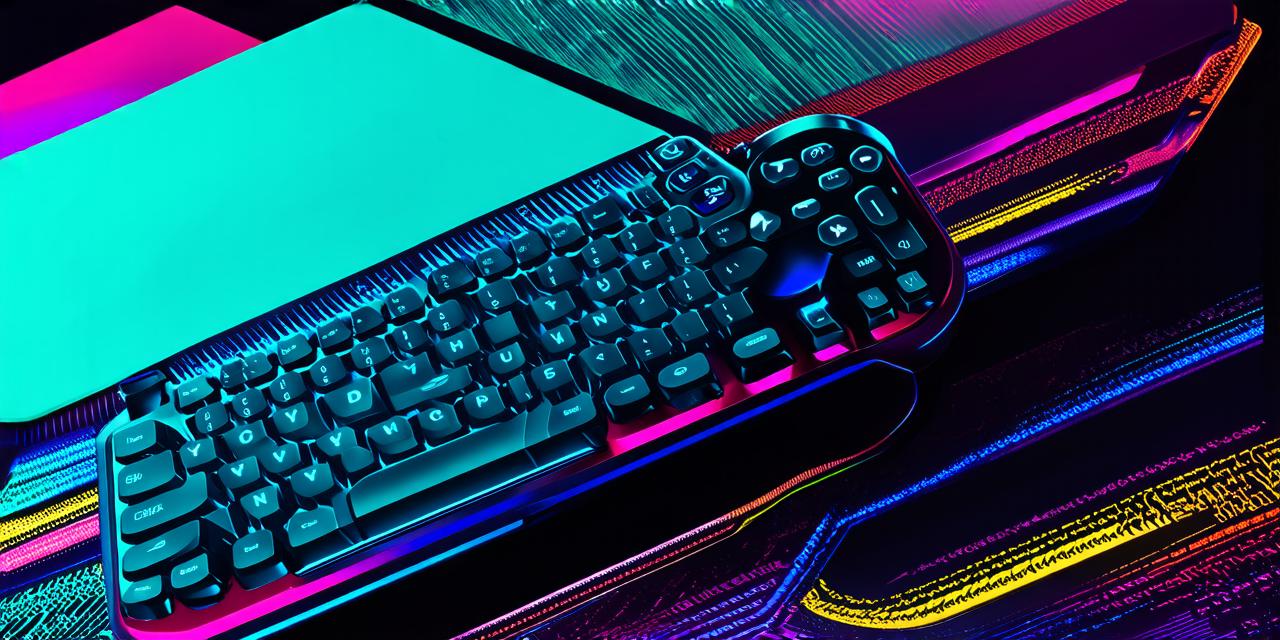As a game developer, you have probably wondered how to create your own video game using C++. While the process may seem daunting at first, it is actually quite achievable with the right knowledge and tools. In this comprehensive guide, we will explore the steps required to make a video game in C++, as well as tips and tricks to help you along the way.
Step 1: Understand the basics of C++ programming
Before diving into the world of video game development, it is important to have a solid understanding of C++ programming. Here are some key concepts that you should be familiar with:
- Variables and data types: A variable in C++ is a named location in memory that stores a value of a certain data type. Some common data types include
int,float,bool, andchar. - Functions and methods: Functions and methods are used to perform specific tasks within your program. In the context of video game development, you may use functions to handle user input, update game state, or render graphics.
- Objects and classes: Objects and classes are used to encapsulate data and behavior in your program. For example, a
Playerclass might contain information about the player’s position, health, and other relevant data, as well as methods for moving and attacking. - Control structures: Control structures are used to manage the flow of your program. Some common control structures include
if,else,while, andfor. - Libraries and frameworks: Libraries and frameworks provide pre-written code that can be used to simplify the development process. For example, the OpenGL library provides a set of functions for rendering graphics, while the SDL library provides a set of functions for handling user input.
Step 2: Choose your game engine
Once you have a solid understanding of C++ programming, it’s time to choose your game engine. A game engine is a collection of software tools and libraries that provide a framework for creating video games. There are many different game engines available, each with its own strengths and weaknesses. Some popular game engines include Unity, Unreal Engine, and Godot.
When choosing a game engine, consider the following factors:

- Ease of use: Some game engines are more user-friendly than others, so choose one that is appropriate for your skill level.
- Performance: Different game engines have different performance characteristics, so choose one that is suitable for the type of game you are trying to create.
- Community support: Game engines with a large and active community tend to receive more frequent updates and bug fixes, which can save you time and effort in the long run.
Step 3: Design your game
Now that you have chosen your game engine, it’s time to start designing your game. This involves creating a concept document that outlines the basic ideas for your game, as well as any specific requirements or constraints that must be met.
Some key elements of a game design document include:
- Game mechanics: This section should describe how the game will be played, including any rules or systems that govern player behavior.
- Levels and environments: This section should describe the various levels and environments that players will encounter in the game, including any unique features or challenges that each one presents.
- Characters and enemies: This section should describe the different types of characters and enemies that will appear in the game, including their abilities and behaviors.
- Graphics and sound: This section should describe the visual and auditory elements of the game, including any specific art styles or sound effects that must be included.
